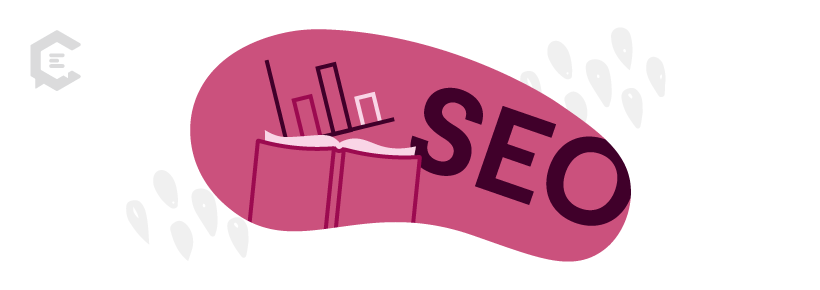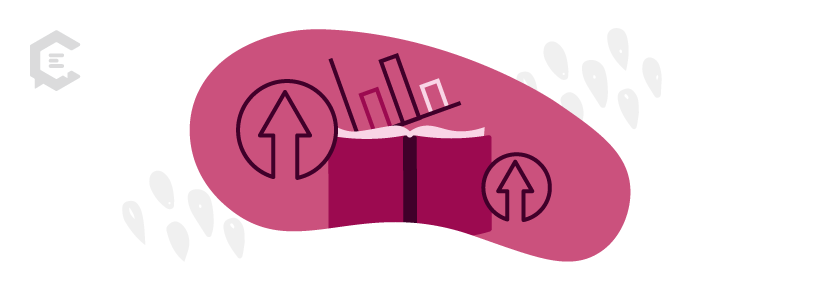Do you know the Flesch-Kincaid Grade Level of your content? When writing for the web, it helps to create content that’s both engaging and easy to understand.
While there are a number of tools and metrics available to help you figure out if your content meets both requirements, few have caused more buzz over the past few years than the Flesch-Kincaid Grade Level and Flesch-Kincaid Reading Ease test.
Do you need to use this tool? If so, how can you make it work for you? Get a quick rundown of how this measurement can help you engage your audience and meet their expectations and needs.

What is the Flesch Reading Ease test?
It’s hard to believe that people were interested in readability as far back as the 1940s, but that’s exactly what happened when Rudolf Flesch, a consultant for the Associated Press (AP), did when he created his own set of tools in the Flesch Reading Ease test.
He wanted to create a formula for just how “readable” information was. Could people understand it? What grade level would they need to be at to comprehend? His efforts back then still shape how we write content. His Reading Ease test could conceivably take a passage and rate it to see how easy it would be to understand.
Here’s how it works:
It takes the average word count and the number of syllables per word and then rates it on a scale of 1 to 100. A higher number indicates it’s easier for people to understand, with a lower score indicating that many people might not read it easily. For someone with an eighth-grade reading level to understand a piece (including the average adult), it should be scored between 70 and 80.
What is the Flesch-Kincaid Grade Level?
In 1975, Peter Kincaid adapted the original Flesch Reading Ease test to use in his career in the U.S. Navy. This new equation for readability rates according to the grade level a person would need to read it, with a higher score indicating a more difficult passage. (This is the opposite of the Flesch Reading Ease Test!)
A Flesch-Kincaid score of five means someone would need a fifth-grade reading ability to understand, while a score of eight would require at least an eighth-grade level.

Why the Flesch-Kincaid Grade Level matters to marketers
All of this background tells you that reading level has been a concern for some time, even before digital marketing existed. So, why should you care?
The whole point of creating content for an audience is to help them, whether it’s to educate them, give them more info for a purchasing decision, or assist in solving a problem with something they’ve already bought. If they can’t understand what you are saying (or even interpret it incorrectly), it can erode your authority, cause them to think wrong things about your brand, or leave them wondering what you are even trying to tell them.
People today read much of their content on screens, which is why good marketers know to write for the web in ways people can easily scan, get important pieces of information, and move on to information lower on the page. Any content that requires them to stop and read more carefully for understanding can interrupt that flow, discouraging them, and even causing them to abandon the content for something more rewarding or informative.
So, it’s not that good content can’t be written at higher reading levels; it’s just that a wide portion of the world won’t want to read it. Meeting your reader where they are at is essential to good marketing, and the Flesch-Kincaid Grade Level tools can help you assess your content and see that it resonates, not alienates.
What is a good Flesch-Kincaid Grade Level score?
Unfortunately, it’s impossible to say what grade level you should use for your content. You have a unique audience tuned into your industry or offerings, and they may not read at the same level as another brand’s audience.
Let’s consider a company selling lenses for a light machine that helps 3D printers build more accurately. That’s a very niche market, with readers ready to make buying decisions based on things like the wavelength of the light projected through the lens.
Have we lost you yet?
If so, you are not in the market for this content, which will likely have a higher Flesch-Kincaid grade level score since it’s aimed at engineers and those in additive manufacturing jobs.
Now, if you can relate to us explaining how to make instant oatmeal, including how to open the package, add the water, and microwave for 1 minute, you are in the target audience for the oatmeal company, hoping you will enjoy their new high-protein sea salt and chocolate variety.
You don’t need a reading level above fourth- or fifth-grade to grasp it. Writing above that grade level would be inappropriate. That type of content should be written to appeal to the vast majority of readers since just about every time of person may buy and eat oatmeal.

How the Flesch-Kincaid Grade Level influences SEO
If you plan your content ahead of time, usually with SEO-focused content briefs or outlines, one of the traits you consider is readability. It’s not just a good idea for helping your readers understand, but it’s also more likely to boost your SEO.
Remember, Google rewards engagement. Hard-to-read content may cause visitors to click back to search results, creating a higher bounce rate. This alone can signal to Google that your content isn’t up to snuff and drop your ranking authority over time.
Again, it’s essential to know your audience when picking a Flesch-Kincaid Grade Level before you work it into your overall SEO plan. It’s not enough to just go for a lower grade level and hope Google notices. As your aim is to keep people on the page longer and preferably for even more page views, it’s more important that your content meets them where they are at. It’s not just about being “easy” to read. If your audience is engineers and academics, you’ll actually want a higher reading level to accomplish the task.
Ways to boost readability
There is no shortage of tools online that will assess your content and assign it a grade-level score. Here are a few Flesch-Kincaid grade level checkers to look at:
A number of writing tools include the Flesch-Kincaid calculators as part of their complete service offerings. If you already use an editing tool, check to see if it’s included!
If you find that your content isn’t meeting the grade level you’ve set as your goal, consider these tricks for making it more readable:
1. Shorten sentences
It takes more attention and effort to read long sentences. Tools like Pro Writing Aid will break down all of your content by sentence length and show you the longest sentences to work on. If you don’t have a tool like this, consider shortening sentences by turning compound sentences into two single sentences, like this:
- Jane went to the store, and she didn’t know where to find the yogurt.
- Jane went to the store. She didn’t know where to find the yogurt.
2. Shorten words
This tip is a bit more difficult since you are going to have to swap out words to get the job done. A thesaurus can be useful in helping you come up with words that are shorter. One other trick is to use abbreviations when you can, such as the names of federal organizations (FBI vs. Federal Bureau of Investigations.) Just remember to introduce the shortened form immediately after the first use, so people know what it stands for.

Ensure your content’s readability
Although these two strategies can help you bump the grade level down to the one that meets your audience, other options are also available. You can also enlist the help of a content specialist who understands your industry and can help you create more accessible content. At ClearVoice, our content creation team has a proven track record of creating high-quality content tailored to specific audiences that drives growth and success. Talk to us today if you need help.



